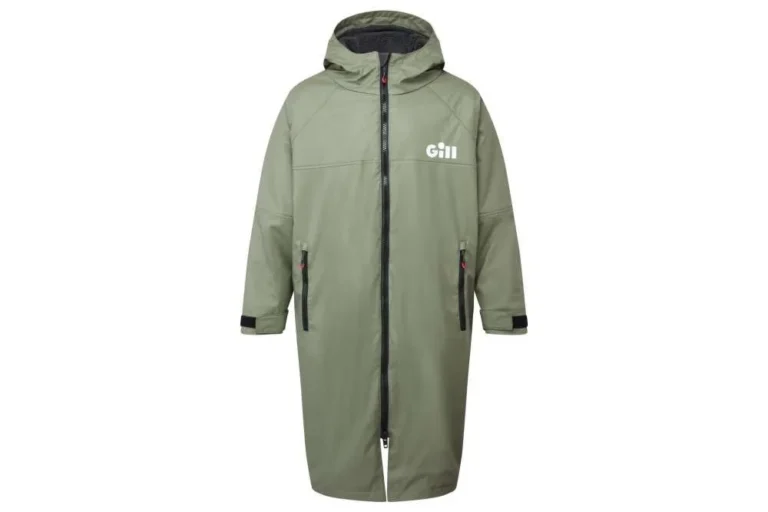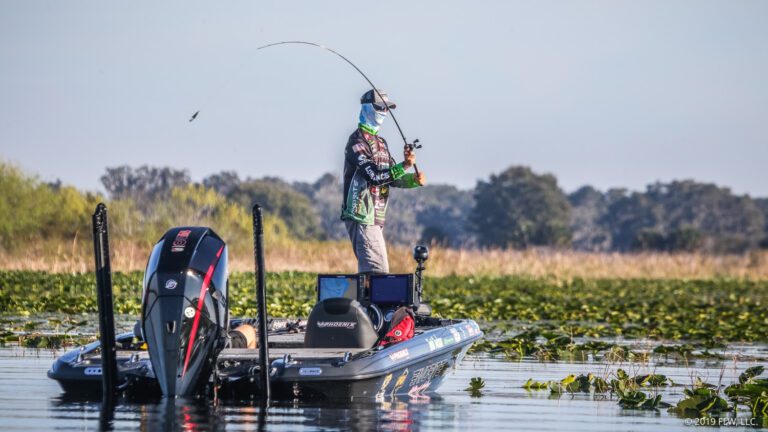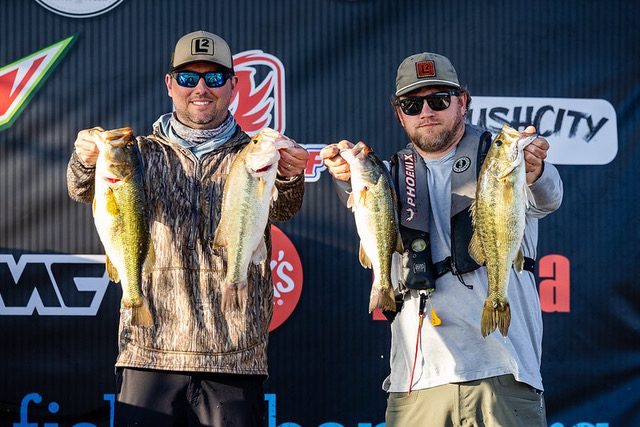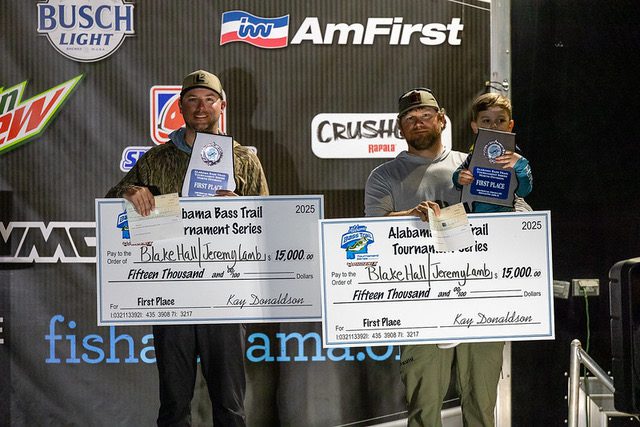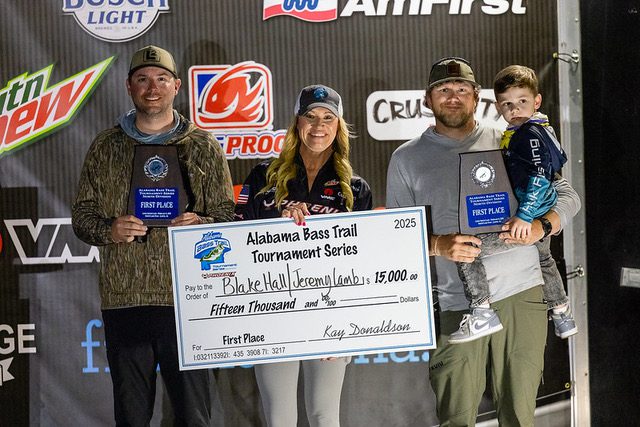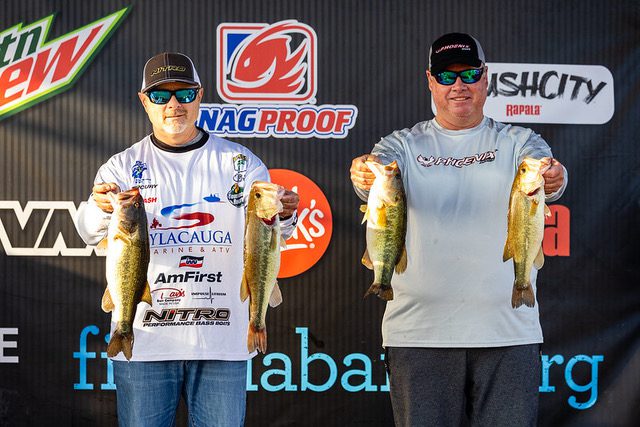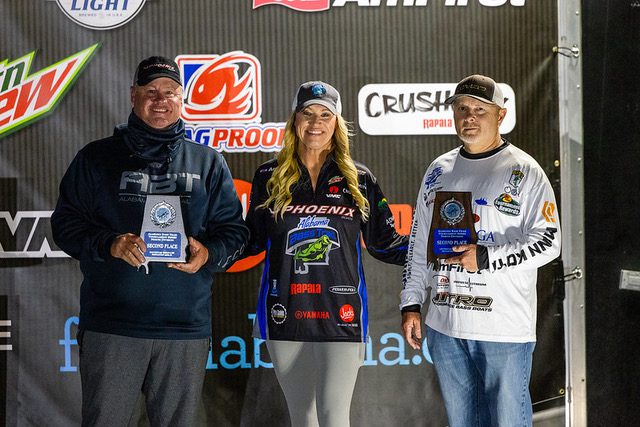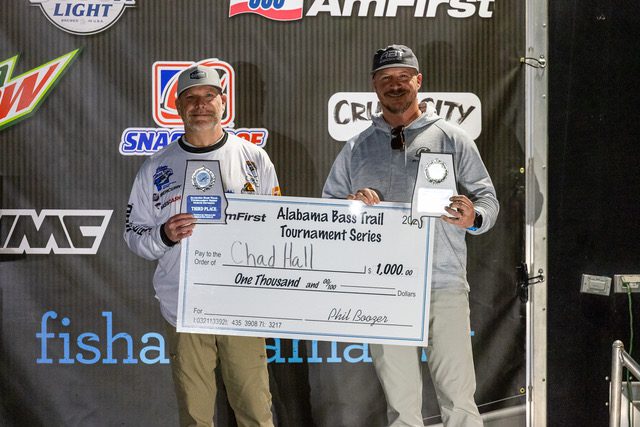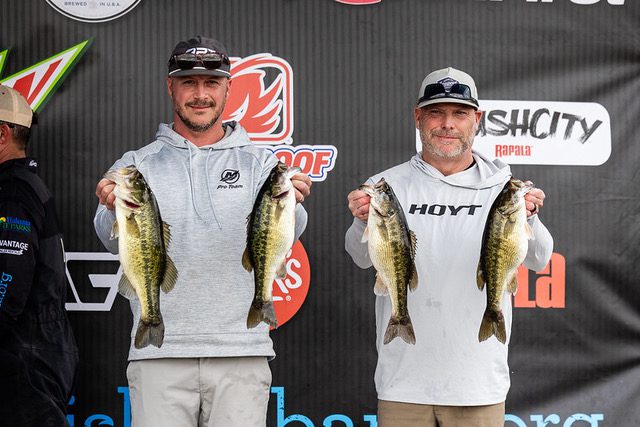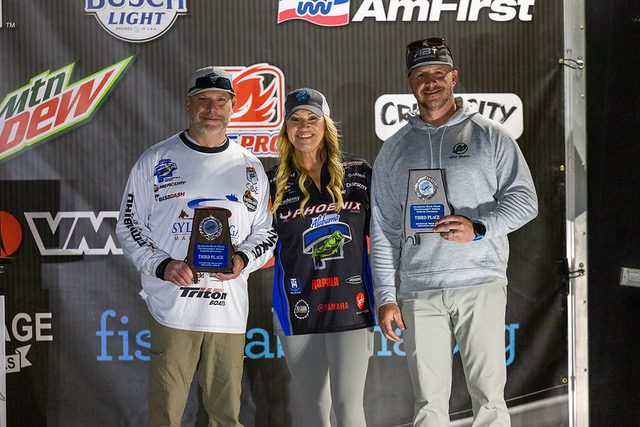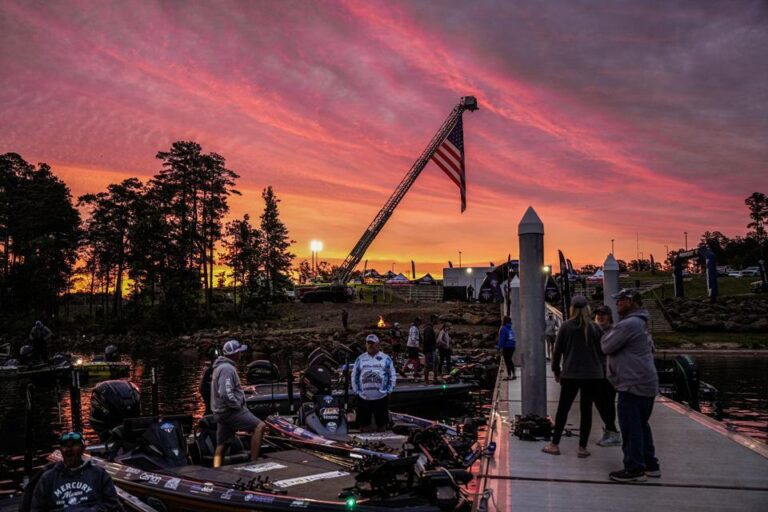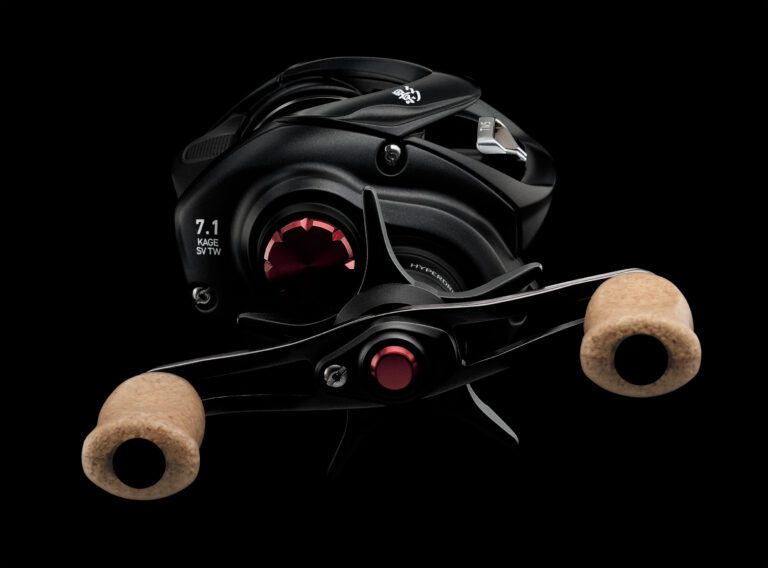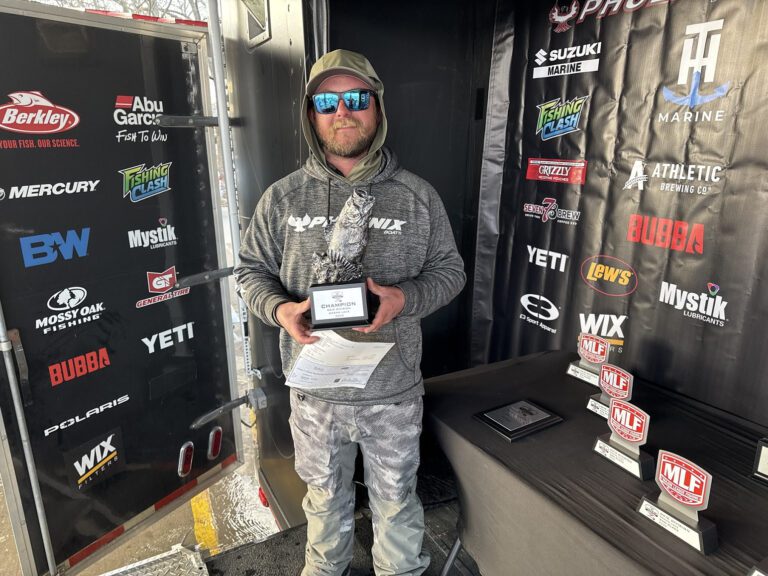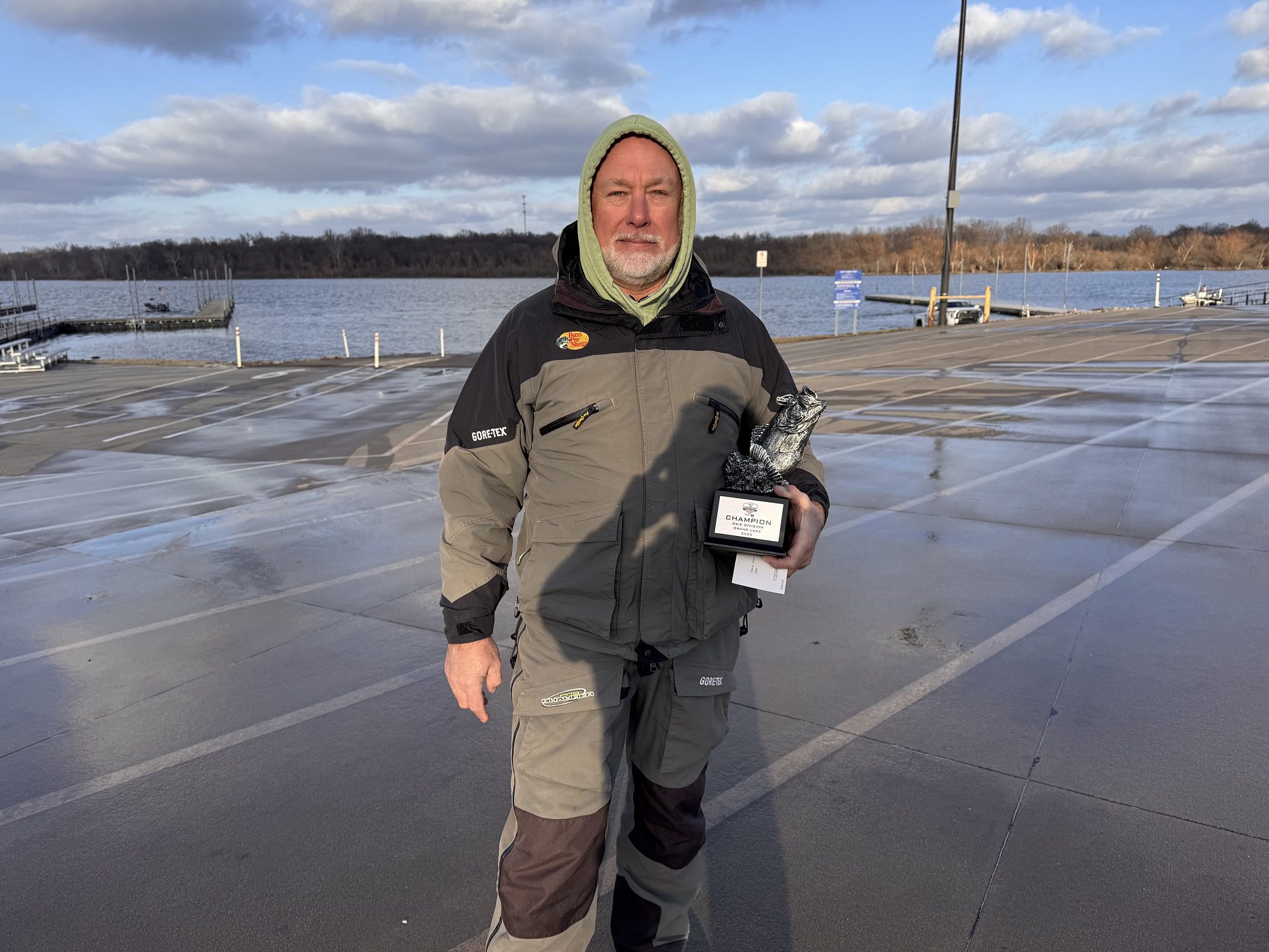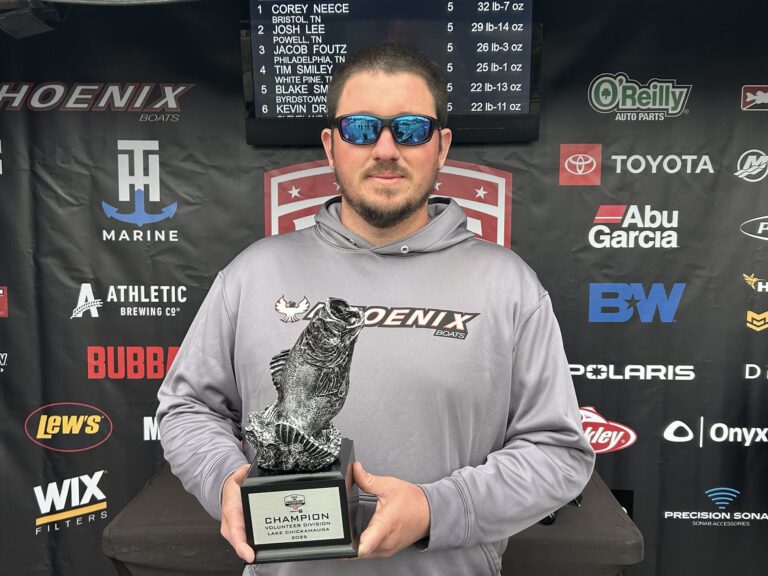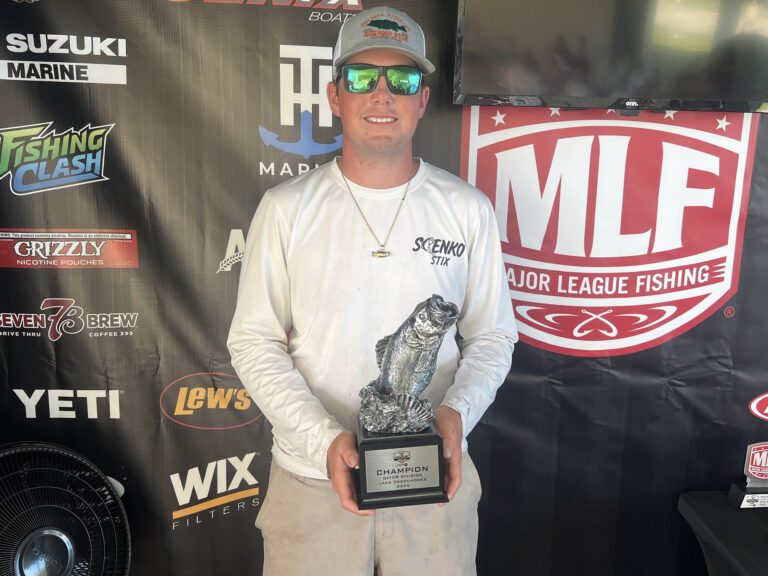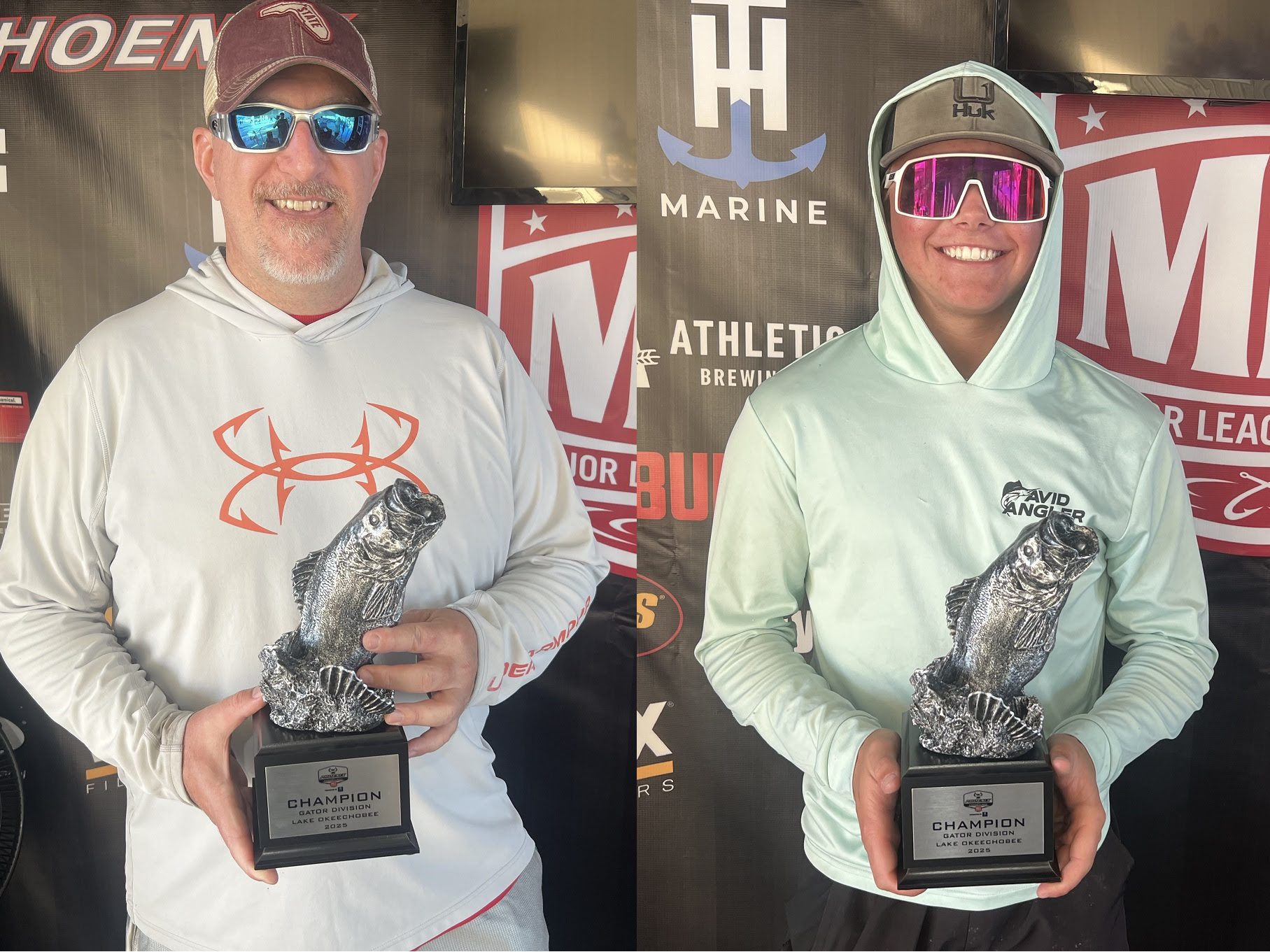Gill North America (Gill NA) promotes the Aqua Parka: The Essential Utility Parka for Anglers and Outdoor Enthusiasts
Engineered for comfort, protection, and convenience on the water and in the wild.
Gill NA, a trusted leader in outdoor and fishing gear, is proud to share one of its best sellers – the Aqua Parka, a waterproof, windproof, and breathable utility parka designed specifically for anglers and outdoor adventurers. Built to withstand the toughest conditions, the Aqua Parka offers unparalleled protection, comfort, and convenience, making it the go-to choice for those who live to fish, boat, and explore the outdoors.
Whether you’re prepping your boat for an early morning tournament, changing clothes on a windy deck, braving the weather for kids sports or simply seeking extra warmth and protection, the Aqua Parka has you covered. Crafted with a waterproof shell, 4-way stretch fabric, and a thermal lining that wicks moisture away from the skin, this utility parka keeps you dry, warm, and comfortable, even in the harshest weather.
Key Features of the Aqua Parka:
– Waterproof and Windproof Shell: Featuring a stitch-free, welded seam construction with stretch the Aqua Parka keeps you dry and shielded from the wind, providing reliable protection from the elements while you’re on the water or in the field.
– 4-Way Stretch Fabric: Designed to move with you, the fabric makes changing quick and easy while ensuring freedom of movement—whether you’re reeling in the big one or getting ready for the next fishing spot.
– High-Loft Thermal Lining: The high-loft thermal lining wicks moisture away and traps heat, keeping you warm even when you’re wearing it over damp clothes—perfect for chilly mornings on the boat or cold, rainy days outdoors.
– Generous, Oversized Design: The Aqua Parka’s loose fit allows you to pull your arms inside and change comfortably anywhere if that suits your fancy, offering full coverage and privacy, even in the most exposed locations.
– Adjustable Full-Length Sleeves and YKK Zipper: With adjustable cuffs and a two-way YKK zipper, the Aqua Parka provides a customizable fit, letting you zip up quickly for warmth or unzip for ventilation as needed.
– Multiple Storage Pockets: Equipped with both internal zippered and stow pockets, the Aqua Parka keeps your valuables safe, and your gear organized, so you can stay focused on your next catch.
– Portable and Easy to Pack: Pair the Aqua Parka with the Gill changing mat for added convenience and easily stow the robe in the Gill wet/changing bag for easy transport—so you can stay prepared wherever your adventure takes you.
“The Aqua Parka was designed with anglers and outdoor adventurers in mind,” said Jane Scott Design Manager of Gill. “We know how important it is to stay comfortable and dry, especially during those long days on the water. With its innovative features, the Aqua Parka makes being on the go simple and comfortable, all while providing the warmth and protection needed to keep you performing at your best.”
A perfect addition to your fishing and outdoor gear lineup, the Aqua Parka is made to stand up to tough weather and help you make the most of every outdoor experience. Whether you’re battling the wind on a boat deck, changing out of wet clothes after a day of fishing, or simply staying warm during your outdoor adventures, the Aqua Parka delivers the reliability and performance you need.
The Aqua Parka is now available for purchase on Gill’s website and at select retailers. For more details, including pricing and availability, visit gillfishing.com

